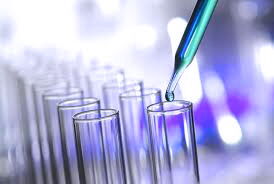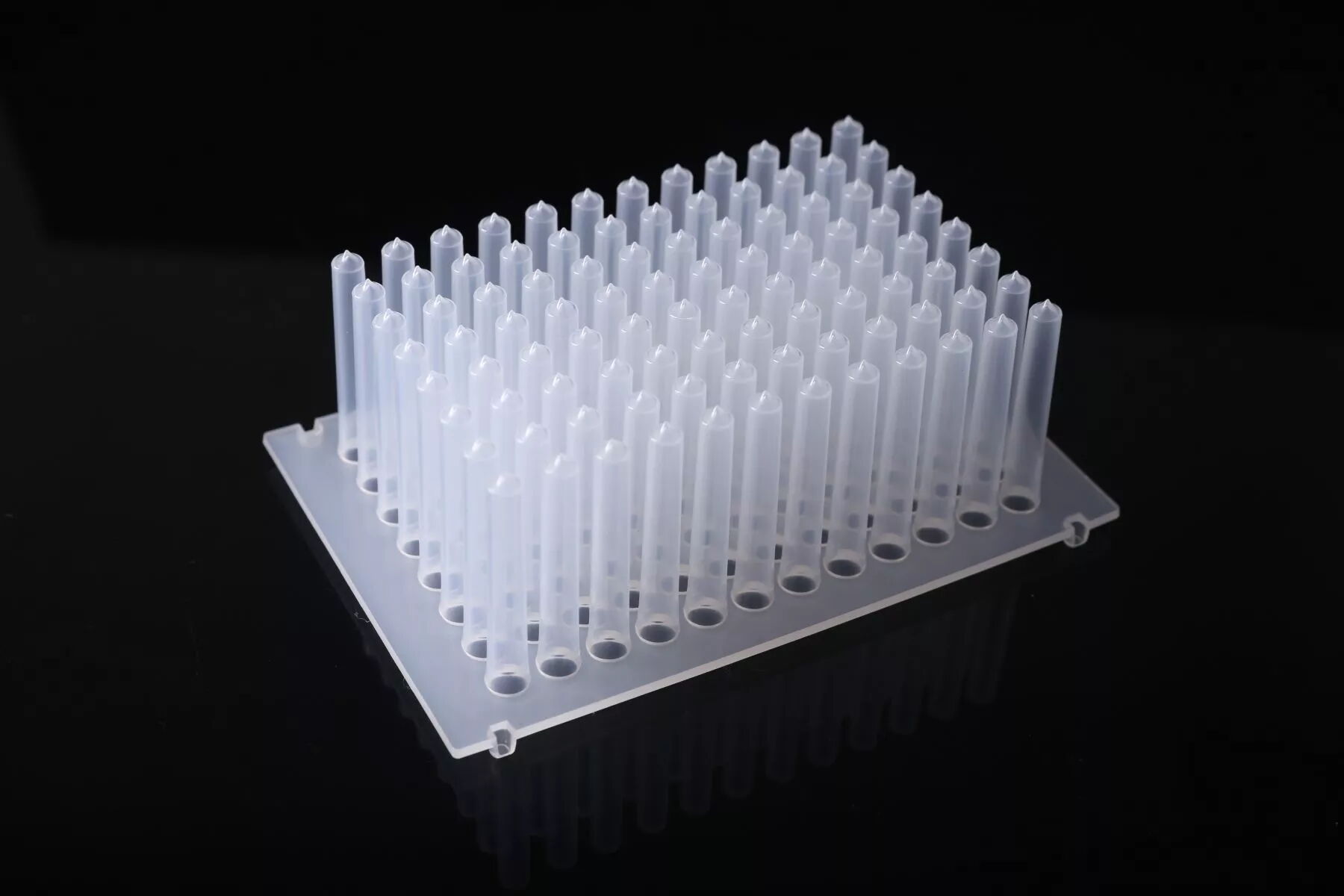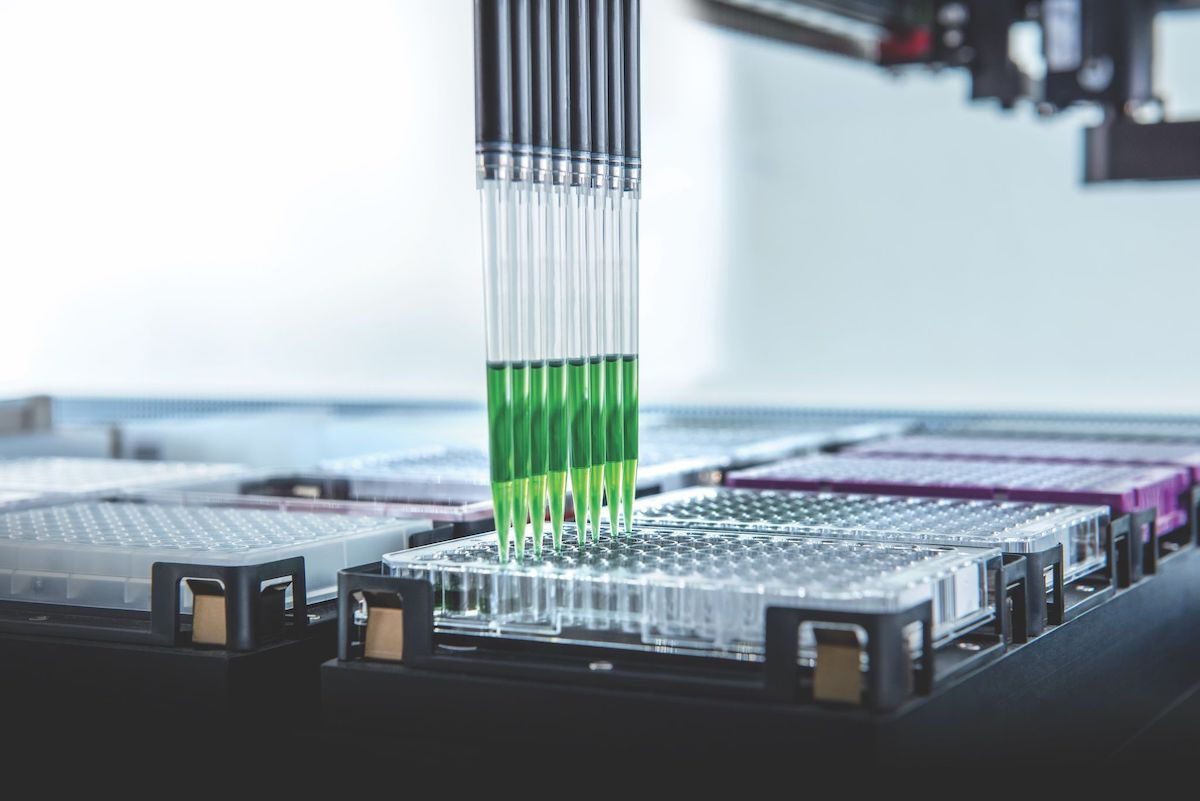The Principle and Usage of Electric Pipettes
Jul 17, 2024
Principle and instructions for use of electric pipettes Electric pipettes, as an indispensable precision instrument in modern laboratories, have greatly improved the efficiency of researchers with their accurate and convenient features. The purpose of this article is to introduce in detail the principle of electric pipettes, instructions for use and routine maintenance and repair, to help readers better understand and use this experimental tool.
Electric pipette is mainly based on the principle of pneumatic pressure and motor drive technology to realize the liquid removal. Its internal contains a piston pump, through the motor drive piston in the pump cavity to do reciprocating motion, resulting in positive and negative air pressure changes. When the piston moves upward, negative pressure is formed in the pump chamber, so that the liquid in the pipette is sucked in; when the piston moves downward, positive pressure is formed in the pump chamber, which pushes the liquid to be discharged from the pipette tip. By controlling the rotational speed of the motor and the movement stroke of the piston, liquid removal can be realized.
(1) Place the electric pipette on a smooth tabletop and make sure the power outlet is reliably grounded.
(2)Check whether the pipette is intact or not, according to the experimental needs to choose the appropriate pipette and install it on the pipette.
(3) Turn on the power, turn on the pipette power switch for warm-up and self-test.
(1) Set the volume of liquid to be pipetted by key or knob according to the experimental need.
(2) After confirming that the setting value is correct, dip the pipette below the liquid level of the liquid to be pipetted.
(1) Press the pipetting key, the motor drives the piston to move upward, forming negative pressure, and the liquid is sucked into the pipette.
(2) Move the pipette to the top of the target container, release the pipetting key, the motor drives the piston to move downward, forming positive pressure, and the liquid is discharged from the pipette.
(3) Repeat the above steps until the desired amount of liquid is pipetted.
(1) After the experiment, remove the pipette from the pipette in time and clean the pipette and pipette with distilled or deionized water.
(2) After cleaning, air dry the pipette and pipette or wipe them dry with paper towels to avoid residual moisture affecting the next use.
(3) Regular maintenance and repair of the pipette, such as replacing seals, cleaning the pump chamber, etc., to ensure its normal operation.
Electric pipette compared to the traditional manual pipette has many advantages. First of all, the electric pipette is easy to operate, just set the amount of pipette, press the button to complete the pipetting operation, the earth to reduce the labor intensity of laboratory personnel. Secondly, electric pipettes have high precision and repeatability, which can ensure the accuracy and reliability of the experimental results. In addition, electric pipettes have a wide range of applicability, and can be used for a variety of liquid pipetting work in biology, chemistry, medicine and other fields.
In the laboratory, motorized pipettes are widely used for cell culture, PCR amplification, enzyme-linked immunosorbent assay (ELISA) and other experiments. By controlling the amount of liquid to be pipetted, it can ensure the accuracy and stability of the experimental process, thus improving the reliability and credibility of the experimental results.
(1) When using the electric pipette, attention should be paid to keep the pipette clean and dry to avoid contamination and cross-contamination.
(2) When setting the pipetting volume, make sure that the set value is accurate to avoid distortion of experimental results caused by too much or too little pipetting volume.
(3) During the pipetting process, pay attention to the angle and distance between the pipette and the liquid surface to avoid air bubbles or liquid splashing.
(4) If the pipette is found to be malfunctioning or abnormal, stop using it in time and contact the maintenance personnel for overhaul.
As an indispensable precision instrument in modern laboratories, electric pipettes play an important role in scientific research. Through the introduction of this article, I believe that readers of the principle of electric pipettes, the use of instructions and routine maintenance and repair have a more in-depth understanding. I hope this article can provide readers with useful help in laboratory work.
Previous: Precautions for Reusing Pipette Tips
Next: Characteristics and Experimental Application of Pipette Tip for Gel Sampling



